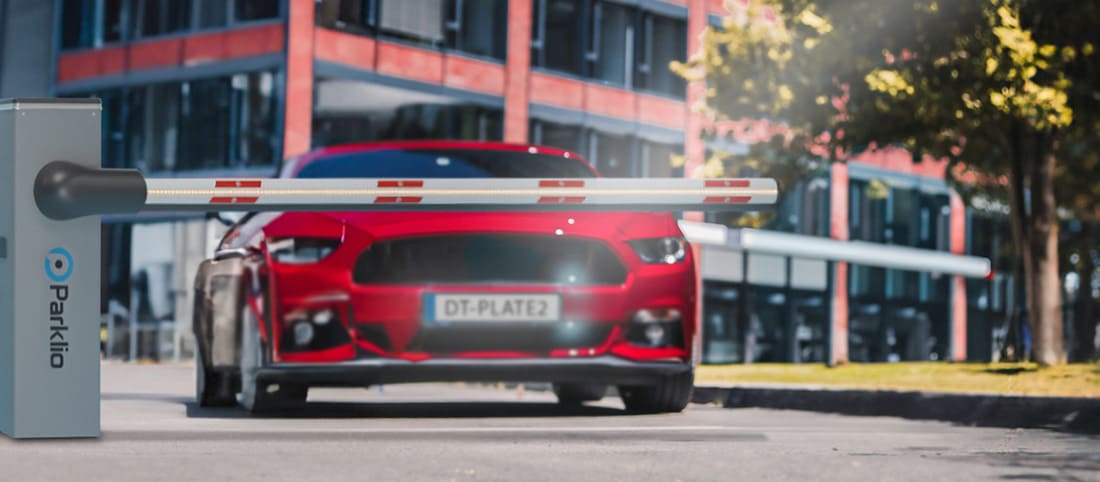10 Reasons Why Smart Mobility Is the Future of Transportation
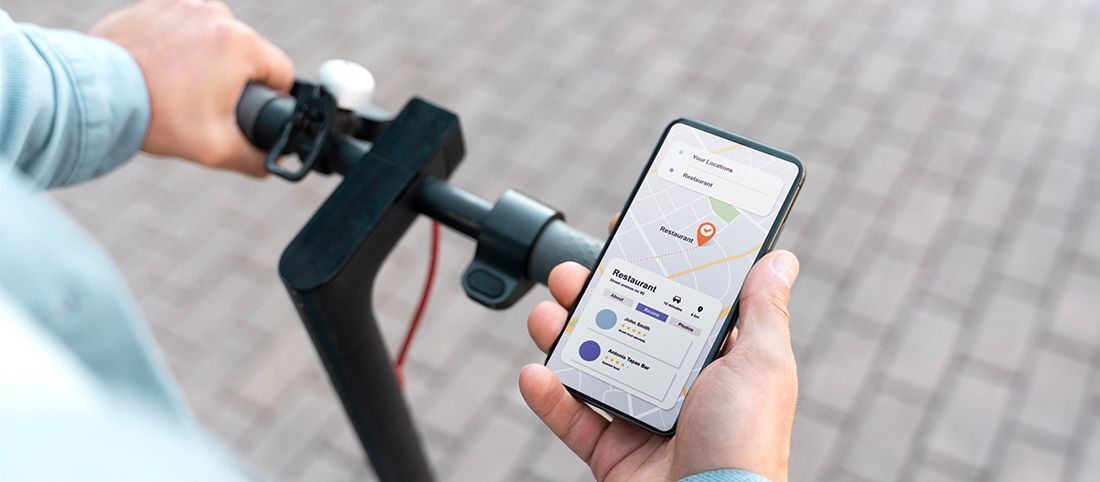
In the last couple of years, we have heard much about intelligent transportation systems and smart mobility. Smart mobility has become the buzzword for the development of transportation systems in different cities and countries. As more and more systems are being introduced, it is becoming simpler than it was years before. That being said, there are a number of benefits you can reap from having a smart mobility system. That's why we created this list of 10 reasons why smart mobility is the future of transportation.
What defines smart mobility?
Smart mobility is a concept that refers to the integration of technology and innovation into the transportation system to create a more efficient, sustainable, and accessible system. It includes a wide range of solutions and technologies that work together to provide a seamless and user-friendly transport experience.
Here are some of the key components of smart mobility:
- Intelligent Transportation Systems (ITS): ITS refers to the use of technology to improve the efficiency, safety, and sustainability of the transportation system. This includes traffic management systems, real-time traffic data, and smart traffic lights.
- Shared Mobility: Shared Mobility refers to the sharing of transportation resources, such as car-sharing, bike-sharing, and ride-sharing services. These services aim to reduce the number of cars on the roads, thereby reducing congestion and pollution.
- Electric Mobility: Electric Mobility refers to the use of electric vehicles, such as electric cars and electric bikes, to reduce emissions from transportation. This includes the development of charging infrastructure and the promotion of electric vehicles.
- Active Mobility: Active Mobility refers to the promotion of walking and cycling as modes of transportation. This includes the development of bike lanes, pedestrian-friendly streets, and other infrastructure to encourage active transport.
- Autonomous Vehicles: Autonomous Vehicles are self-driving cars that use sensors, cameras, and other technology to navigate the roads without human intervention. This technology has the potential to improve safety and efficiency on the roads.
- Mobility as a Service (MaaS): MaaS refers to the integration of various modes of transportation, such as public transport, car-sharing, and bike-sharing, into a single platform to provide a seamless and user-friendly transport experience.
Why should we strive for the implementation of smart mobility?
Transportation systems have a key role in determining the way we live, work, and interact with our environment in today's fast-paced and continuously changing world. We now have the chance, thanks to the arrival of new technology and ideas, to rethink our transportation systems in ways that are more sustainable, efficient, and inclusive for all. And we are giving you ten reasons why smart mobility will help us in the long run.
1. Reduced Congestion
Reduced congestion is one of the most significant benefits of smart mobility. With increasing urbanization, cities are facing growing challenges related to traffic congestion and everyday traffic jams. Smart mobility solutions offer a range of innovative approaches to addressing these challenges, including promoting the use of public transport, carpooling, and active modes of transportation like walking and cycling.
By reducing congestion on roads, smart mobility can help reduce travel times and improve the reliability of transportation systems. This can have a significant impact on the quality of life of people living in cities, making it easier for them to access jobs, education, healthcare, and other important services.
Real-time traffic management systems can optimize traffic flow and reduce jams, while dynamic tolling systems can incentivize drivers to travel at off-peak times. Smart parking solutions can also help reduce congestion by providing real-time information about available parking spaces, reducing the time spent circling for parking. And if you need less time to find parking, there’ll be fewer cars on the streets!
2. Improved Air Quality
With increasing levels of traffic congestion and the rise in the number of vehicles on the road, air pollution has become a significant challenge for cities worldwide, posing a significant threat to public health. Smart mobility solutions can help address this issue by promoting the use of more sustainable modes of transportation, such as car-sharing and ride-sharing.
With fewer cars on the roads, smart mobility can help decrease emissions of pollutants such as particulate matter, nitrogen oxides, and carbon monoxide, which can have a significant impact on public health. Air pollution is known to cause a range of health issues, including respiratory problems and cardiovascular diseases.
According to Statista, N'Djamena was the most polluted capital city in the world in 2022, with an average PM2.5 concentration of 90 micrograms per cubic meter of air (μg/m³). This level of air pollution is nearly 18 times higher (!) than the World Health Organization's PM2.5 standards, which recommend a maximum of 5 μg/m³.
In addition to reducing emissions, smart mobility can also improve air quality through the use of electric and hybrid vehicles, which produce lower levels of pollutants than traditional gasoline-powered vehicles.
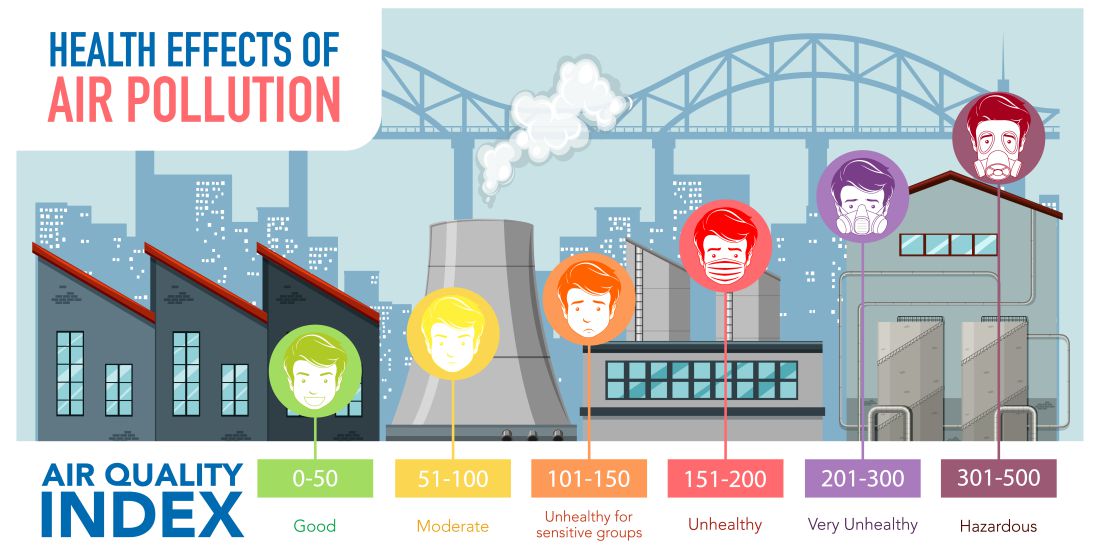
3. Intelligent Parking Lot Optimization
One way that smart mobility can optimize parking is through the use of real-time data and parking analytics. By installing parking detection cameras in parking lots and garages, cities can gather data on the availability of parking spaces and share it with drivers via an LED display. This can help drivers find parking quickly and reduce the time spent searching for a spot, which in turn reduces traffic congestion and carbon emissions.
In addition, parking optimization can also be achieved through dynamic pricing. Rather than having fixed rates for parking, cities can use smart mobility solutions to implement variable pricing based on demand. For example, during peak hours, the price of parking could be higher to encourage drivers to consider other modes of transportation, while during off-peak hours, the price could be lower to incentivize more people to use their cars. This can help reduce congestion while also making parking more affordable for drivers.
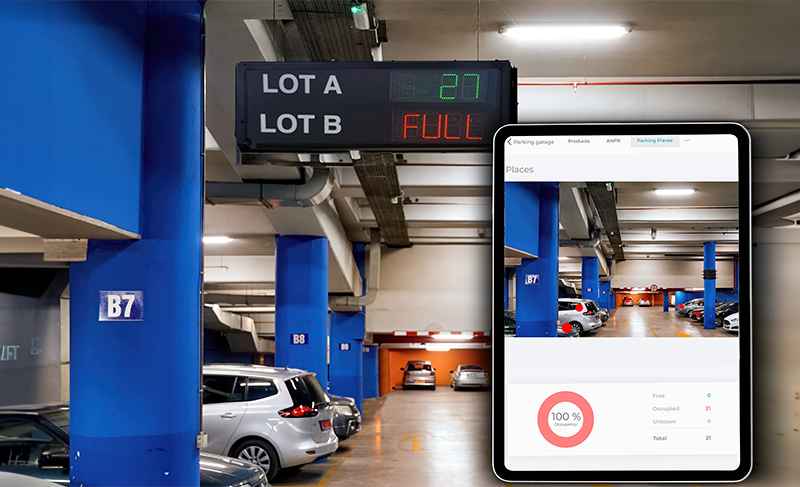
4. Better Accessibility
Smart mobility technologies, such as real-time traffic monitoring, GPS navigation systems, and mobile apps, can help people plan their trips more effectively, avoid congestion, and find the most efficient route to their destination. This can be particularly beneficial for people with disabilities or those who have limited mobility, as they may require additional assistance or accommodations in order to travel.
For example, the smart mobility app assist-Mi is designed to enhance the daily lives of disabled users, enabling them to participate fully in society by helping them commute to work, shop, and travel. With assist-Mi, disabled individuals can make real-time requests for assistance, purchase goods and services, and service providers can acknowledge and respond to these requests promptly.
Also read: How To Protect Parking For Disabled Persons - A Complete Guide
5. Cost Savings
By leveraging technology and innovation, smart mobility solutions can reduce transportation costs for individuals, businesses, and governments.
One way that smart mobility can save costs is by reducing fuel consumption and vehicle maintenance expenses. For instance, electric vehicles (EVs) and hybrid cars can significantly reduce fuel consumption, resulting in lower fuel costs and less pollution. Additionally, ride-sharing services can reduce vehicle ownership costs for individuals, as they can share the cost of transportation with other passengers.
Smart mobility can also save businesses extra costs by improving logistics and supply chain management. For example, smart logistics solutions can optimize routes and delivery schedules, reducing transportation costs and improving efficiency. Moreover, smart mobility solutions can provide real-time data on inventory levels and supply chain processes, enabling businesses to make data-driven decisions and reduce waste.
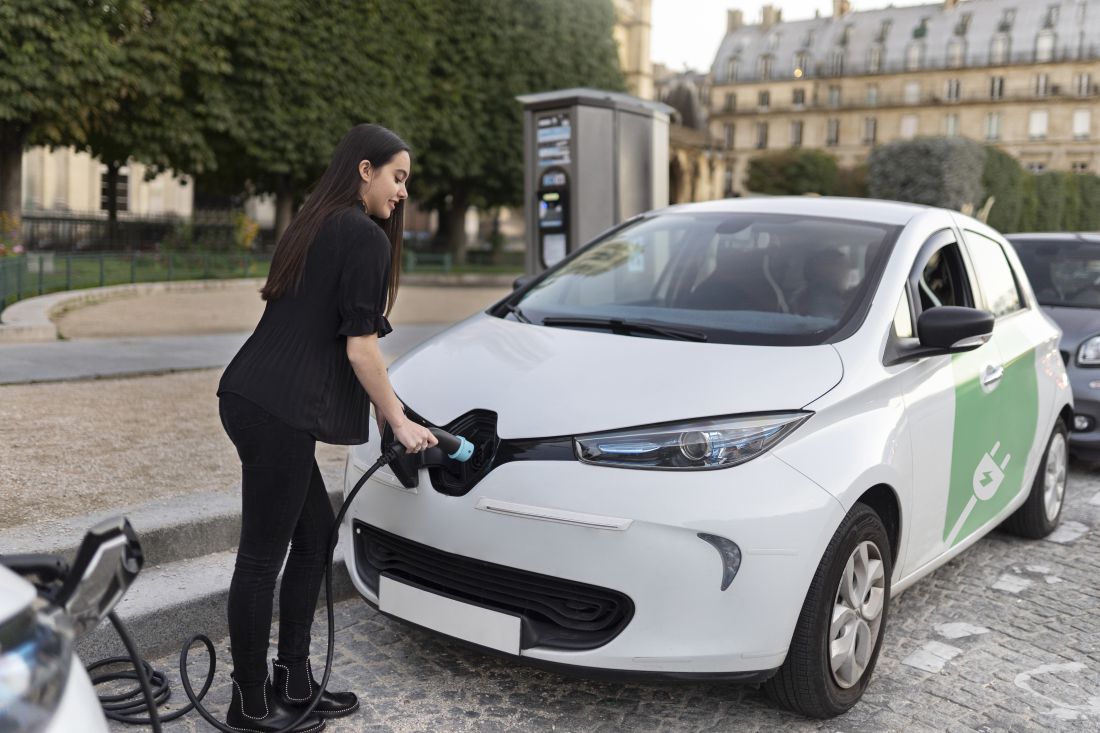
6. Enhanced Safety
One of the most significant safety benefits of smart mobility is the reduction of human errors. For example, driver assistance systems that use sensors and cameras to monitor the road can detect potential collisions, alert drivers, and even apply brakes to avoid accidents. Similarly, smart traffic management systems can use real-time data to optimize traffic flow and reduce congestion, which can prevent accidents caused by impatient or distracted drivers.
In addition, smart mobility can also improve safety for pedestrians and cyclists. For example, smart crosswalks equipped with sensors and lighting systems can detect when a pedestrian or cyclist is about to cross the street and alert drivers to slow down or stop. Moreover, smart mobility solutions can also provide real-time information about the location and movement of pedestrians and cyclists, which can help drivers avoid collisions.
7. Economic Growth
One of the key ways that smart mobility can boost economic growth is by reducing transportation costs for businesses and individuals. By leveraging technologies such as real-time traffic data, predictive analytics, and ride-sharing platforms, smart mobility solutions can help businesses and individuals save money on fuel, parking, and transportation expenses.
This can in turn lead to increased productivity and economic activity, as businesses can allocate resources towards other investments that drive growth.
In addition to reducing transportation costs, smart mobility can also help improve transportation infrastructure and increase access to economic opportunities. For example, by integrating transportation data with land-use planning and development initiatives, cities can create more efficient transportation networks that connect people to jobs, education, and other essential services. This can help attract businesses and investment, boost property values, and create new economic opportunities for residents.

8. Better Urban Planning
It's no secret that urbanization is happening at an unprecedented rate. According to the United Nations, by 2050, 66 percent of the global population will live in cities — up from 54 percent today. Cities are growing faster than ever before, and the need for mobility solutions that can support this growth is more urgent than ever before.
With sensors embedded in roadways and connected vehicles, smart mobility will allow planners to collect data on how people use their city's transportation system — including information about where they live, where they work, and what routes they take to get there.
This information can then be used to make better decisions about where new roads should be built or whether certain roads should be widened or narrowed. It could also allow planners to identify areas with high pedestrian traffic so that they can add more walkways and bike lanes (if not create entirely new neighborhoods from scratch) that make it easier for people to walk or ride a bike instead of driving a car everywhere they go.
Also read: 5 Urban Parking Problems and their Smart Solutions
9. Improved User Experience
One way that smart mobility can enhance the user experience is by providing real-time information about transportation options. For example, smart mobility solutions can offer real-time information about bus or train schedules, including delays or cancellations, so that users can plan their journeys accordingly. Similarly, ride-hailing apps can use real-time data to provide users with accurate estimates of arrival times and fares.
Moreover, smart mobility can also enhance the user experience by providing personalized transportation options. For instance, ride-sharing services can match users with drivers going in the same direction, which can save time and reduce the cost of transportation. Additionally, smart mobility solutions can use data analytics to provide customized recommendations for transportation modes based on users' preferences, such as travel time, cost, and comfort level.
Smart mobility can also improve the accessibility of transportation options for users. For example, mobility-as-a-service (MaaS) platforms can integrate various modes of transportation, such as public transit, ride-hailing, and bike-sharing, into a single platform, making it easier for users to plan and pay for their journeys.

10. Overall Environmental Benefits
According to the Sustainable and Smart Mobility Strategy Plan of the European Commission from 2021, green mobility is crucial and desperately needed for our society, as the transport sector's greenhouse gas emissions have risen over time and now account for as much as a quarter of the total emissions in the EU. By using smart mobility technologies, the plan is to have at least 30 million zero-emission vehicles in operation on European roads and 100 climate neutral European cities by 2030. And this is just the beginning of the “green” transformation. For road transport, zero-emission solutions are already in deployment since manufacturers are heavily investing in battery-powered vehicles. If this strategy persists, by 2050, transport-related greenhouse gas (GHG) emissions will be reduced by 90%!
Also read: Solar Powered Parking Solutions - Clean Energy For Clean Future
Smart mobility will make transportation cleaner, safer, cheaper, faster, and more accessible than ever before
In conclusion, the implementation of smart mobility has the potential not only to revolutionize transportation but to also bring numerous other benefits to our society. As we can see, some of the intelligent technologies are already in use, and over time, transportation will indeed be cleaner, safer, cheaper, faster, and more accessible than ever before. The key is to be consistent with small changes - for example, using public transport or bikes instead of cars. And when you add smart mobility systems, our future definitely sounds promising.

